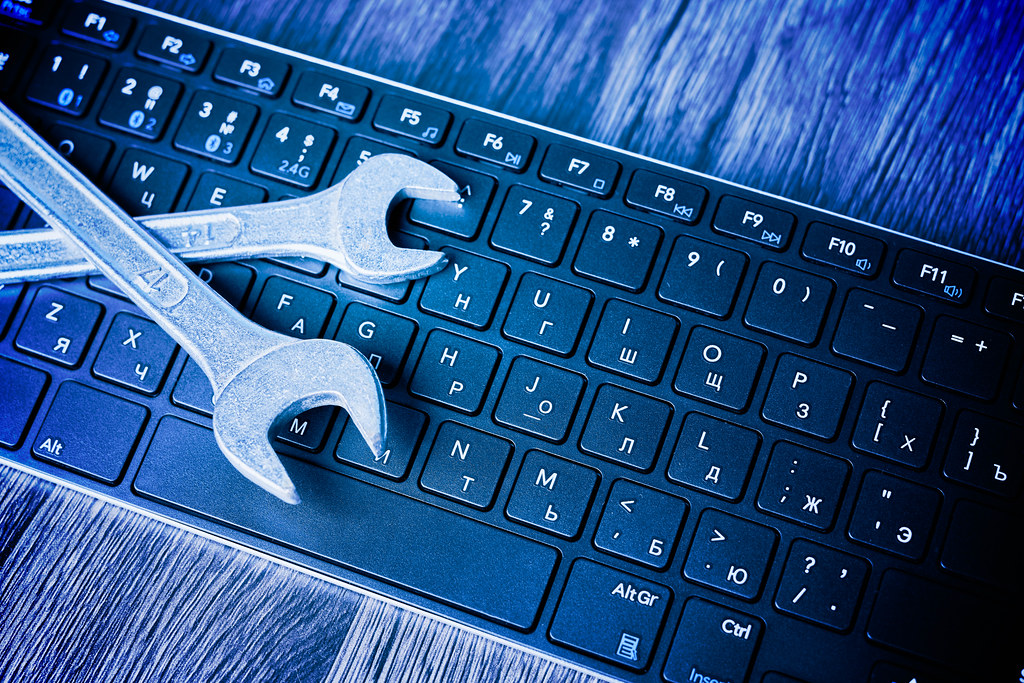Navigating the maze of personal computer (PC) repair can seem daunting for many, especially those with limited technical know-how. However, with the right guidance and a bit of patience, most common PC issues can be resolved from the comfort of your own home. This article is designed to demystify the process of PC repair, providing a step-by-step guide to diagnosing and fixing the most prevalent problems faced by PC users.
Contents
Understanding Your PC
The first step in any repair process is understanding what you’re working with. Your PC consists of several key components, including the Central Processing Unit (CPU), Random Access Memory (RAM), storage (Hard Disk Drive or Solid State Drive), Power Supply Unit (PSU), motherboard, and potentially a Graphics Processing Unit (GPU) for handling video and graphics-heavy applications.
Assembling Your Toolkit
Before diving into home pc repair in bakersfield, gather a few essential tools:
- Screwdrivers: A set of Phillips and flat-head screwdrivers are crucial for opening your PC and handling various components.
- Anti-Static Wrist Strap: This tool prevents static electricity from damaging sensitive parts.
- Compressed Air: A can of compressed air is invaluable for dusting off internal components without causing damage.
- Thermal Paste: If you’re dealing with CPU or GPU overheating issues, you’ll need thermal paste to ensure efficient heat conduction.
Basic Troubleshooting Steps
PC Won’t Turn On
- Check Your Power Source: Ensure the power cord is plugged in securely at both ends.
- Inspect the Power Supply: A faulty PSU can prevent your PC from starting. If you have a spare, try swapping it out.
Overheating Issues
- Clean Your PC: Dust buildup can restrict airflow, causing your components to overheat. Open up your case and gently clean out dust with compressed air.
- Check Fan Functionality: Ensure all fans are operational. Replace any that aren’t spinning correctly.
- Reapply Thermal Paste: If your CPU or GPU is still overheating, it might be time to reapply thermal paste.
Slow Performance
- Free Up Disk Space: Uninstall unused programs and delete temporary files to free up space.
- Upgrade Your RAM: If multitasking is sluggish, adding more RAM can provide a significant performance boost.
- Consider an SSD: Upgrading from an HDD to an SSD can dramatically speed up boot times and file access.
Connectivity Problems
- Check Your Cables: Ensure all cables are securely connected and undamaged.
- Restart Your Router: If you’re experiencing internet issues, a simple router restart can often resolve them.
- Update Drivers: Outdated or corrupted drivers can cause connectivity issues. Check the manufacturer’s website for updates.
Advanced Repairs
Replacing the PSU
- Disconnect Your PC: Remove all cables and open your case.
- Remove the Old PSU: Disconnect all power cables from your components, unscrew the PSU from the case, and remove it.
- Install the New PSU: Position the new PSU, screw it into place, and reconnect all power cables.
Upgrading RAM
- Open Your Case: Locate the RAM slots on your motherboard.
- Remove Old RAM (if applicable): Push down the clips at either end of the RAM slots to release any existing sticks.
- Install New RAM: Align the new RAM with the slot, ensuring the notch lines up, then press down firmly until the clips snap into place.
Installing an SSD
- Prepare Your SSD: If you’re adding an SSD as additional storage, mount it in an available drive bay. If you’re replacing your primary drive, you’ll need to clone your existing drive onto the SSD first.
- Connect the SSD: Use a SATA cable to connect the SSD to your motherboard, and connect a power cable from your PSU.
Software Fixes
Operating System (OS) Reinstallation
- Back Up Your Data: Ensure all important data is backed up externally.
- Create Installation Media: Download the installation files for your OS onto a USB drive.
- Reinstall the OS: Boot from the USB drive and follow the on-screen instructions to reinstall your OS.
Removing Malware
- Run Antivirus Software: Use your antivirus program to scan for and remove any threats.
- Install Malware Removal Tools: For stubborn malware, dedicated removal tools like Malwarebytes can be more effective.
Preventative Maintenance
Regular maintenance can prevent many issues from arising in the first place:
- Keep Your PC Clean: Regularly dusting your PC’s interior can prevent overheating.
- Update Your Software: Keep your OS, drivers, and applications up to date to ensure security and stability.
- Monitor System Health: Use software tools to monitor your PC’s temperature and performance.
When to Seek Professional Help
While many issues can be resolved at home, some problems require a professional’s touch. If you’re uncomfortable performing any of the repairs listed above, or if you’ve attempted a fix without success, it may be time to consult with a professional technician.
Conclusion
PC repair doesn’t have to be a daunting task. With a basic toolkit, some patience, and a step-by-step approach, most common PC issues can be resolved from the comfort of your own home. Whether it’s performing simple maintenance tasks or tackling more significant hardware upgrades, the satisfaction of fixing your PC is both empowering and rewarding. However, it’s also important to know your limits and seek professional assistance when necessary. With this guide, you’re well on your way to becoming a competent home PC repair technician.
